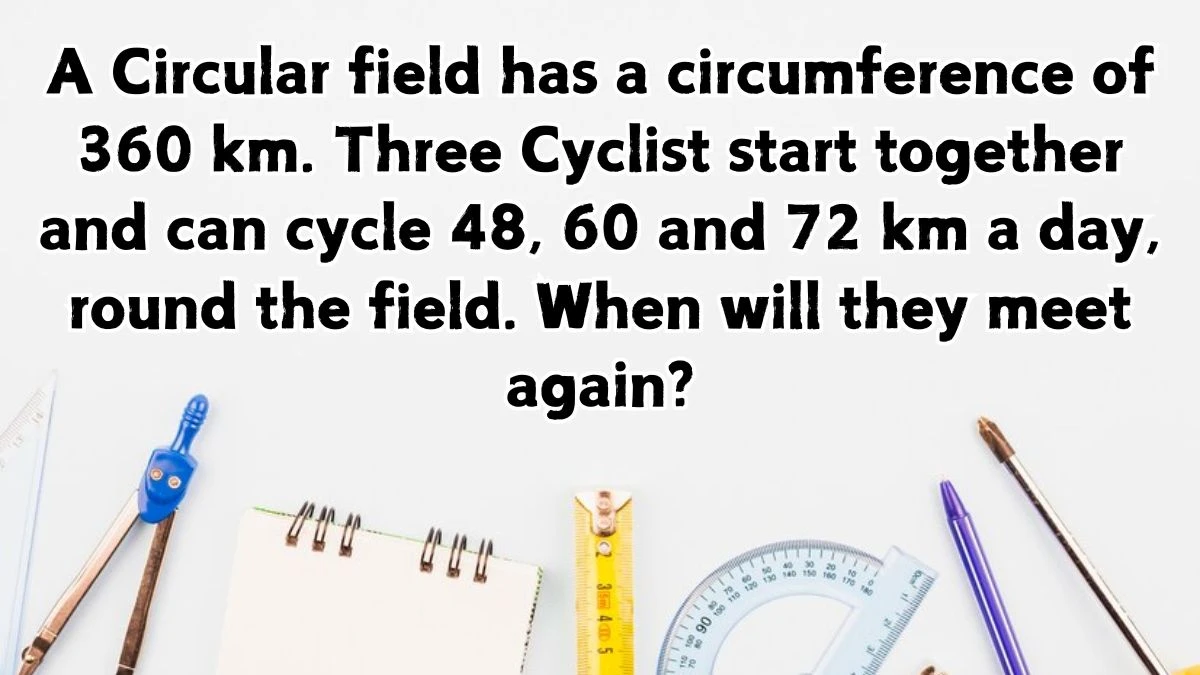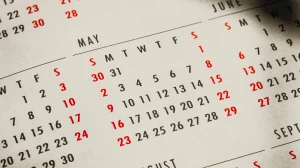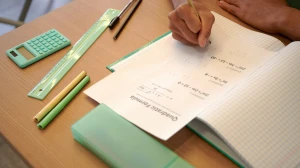A Circular field has a circumference of 360 km. Three Cyclist start together and can cycle 48, 60 and 72 km a day, round the field. When will they meet again?
by
Updated Jun 24, 2024

A Circular field has a circumference of 360 km. Three Cyclist start together and can cycle 48, 60 and 72 km a day, round the field. When will they meet again?
When multiple cyclists start together and cycle around a circular field, it's interesting to determine when they will meet again at the starting point. This involves understanding the distances they travel and finding a common multiple of their cycling patterns.
The total distance around the circular field. In this case, it is 360 km
The distance each cyclist can cover in one day. Cyclist 1 covers 48 km, Cyclist 2 covers 60 km, and Cyclist 3 covers 72 km.
For Cyclist 1 = 360/48 = 7.5 days
For Cyclist 2 = 360/60 = 6 days
For Cyclist 3 = 360/72 = 5 days
Convert Days to Hours
7.5 days = 7.5 × 24 hours = 180 hours
6 days = 6 × 24 hours = 144 hours
5 days = 5 × 24 hours = 120 hours
The LCM of 180, 144, and 120 hours is 720 hours
720 hours = 720/24 = 30 days
How to Find the Meeting Point of Objects on a Circular Track?
In mathematics, solving problems related to moving objects on a circular path, such as cyclists on a circular field, involves understanding concepts of speed, distance, time, and the least common multiple (LCM). These problems are practical applications of mathematical principles that help us predict when moving objects will coincide at a certain point.
Circumference and Distance:
- The circumference of a circular field is the total distance around the field. This is crucial for calculating how long it takes for a cyclist to complete one full lap.
- Given a circumference, you can determine how many days it will take for each cyclist to complete one lap based on their daily cycling distance.
Speed and Time Calculation:
- Each cyclist travels at a different speed. By understanding their speeds, you can calculate the time it takes for each cyclist to complete one full lap around the field.
- The relationship between speed, distance, and time is a fundamental concept in mathematics, often represented by the formula: Speed = Distance/Time
Synchronization Using Least Common Multiple (LCM):
- To determine when the cyclists will meet again, you need to find the LCM of their individual times to complete one lap.
- The LCM helps in finding the smallest time interval at which all the cyclists' paths will coincide. This concept is widely used in scheduling, planning, and in problems involving repeating cycles.
Applications:
- Problems like these are not only theoretical but have practical applications in event planning, transportation scheduling, and understanding periodic events.
- Knowing when cyclists (or any moving objects) will meet again can help in organizing races, coordinating meet-up points, and planning activities that require synchronization.




